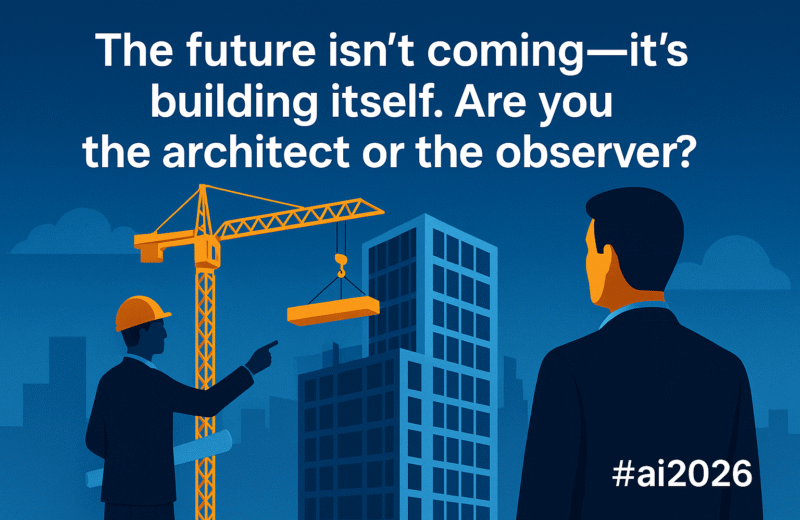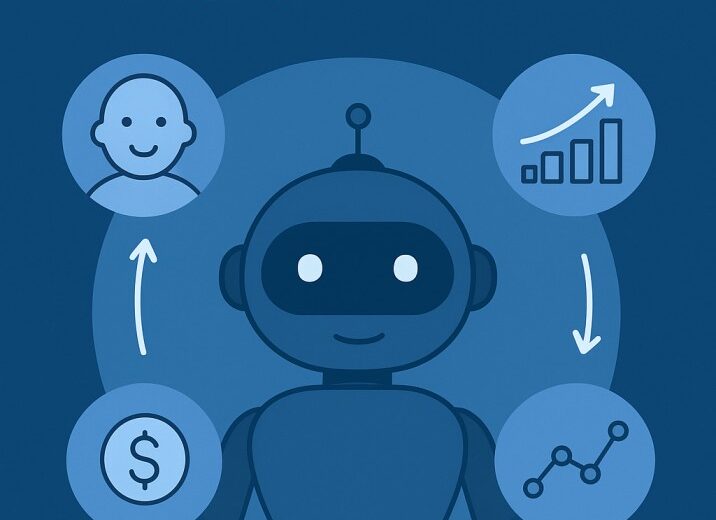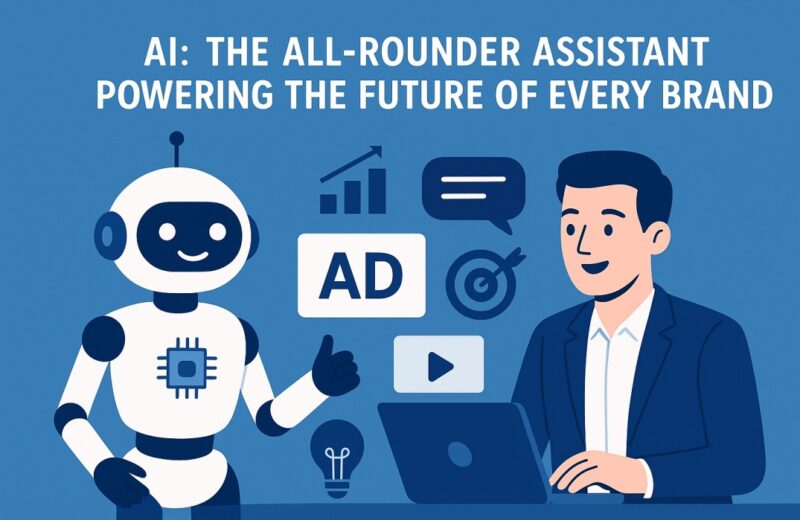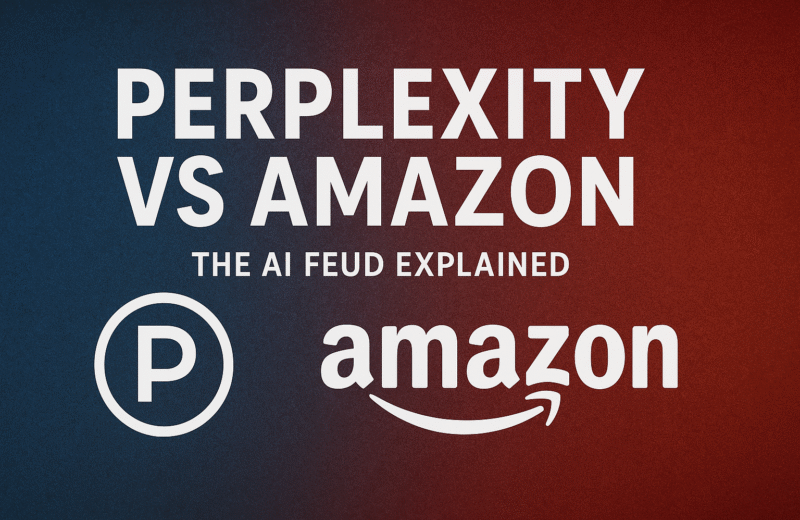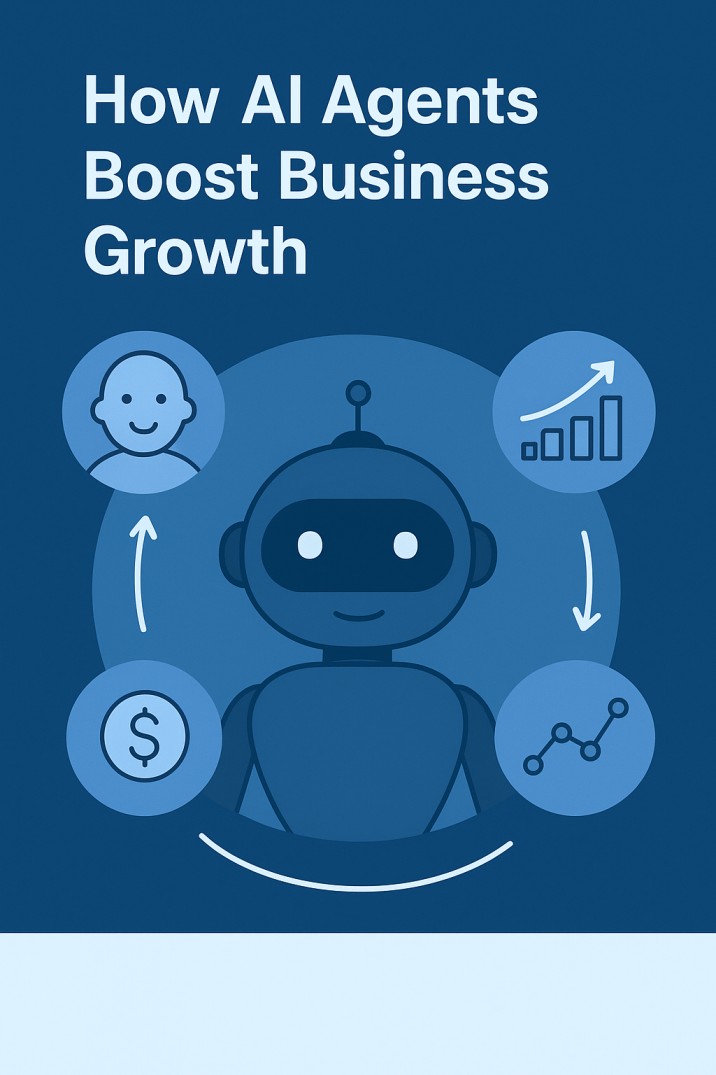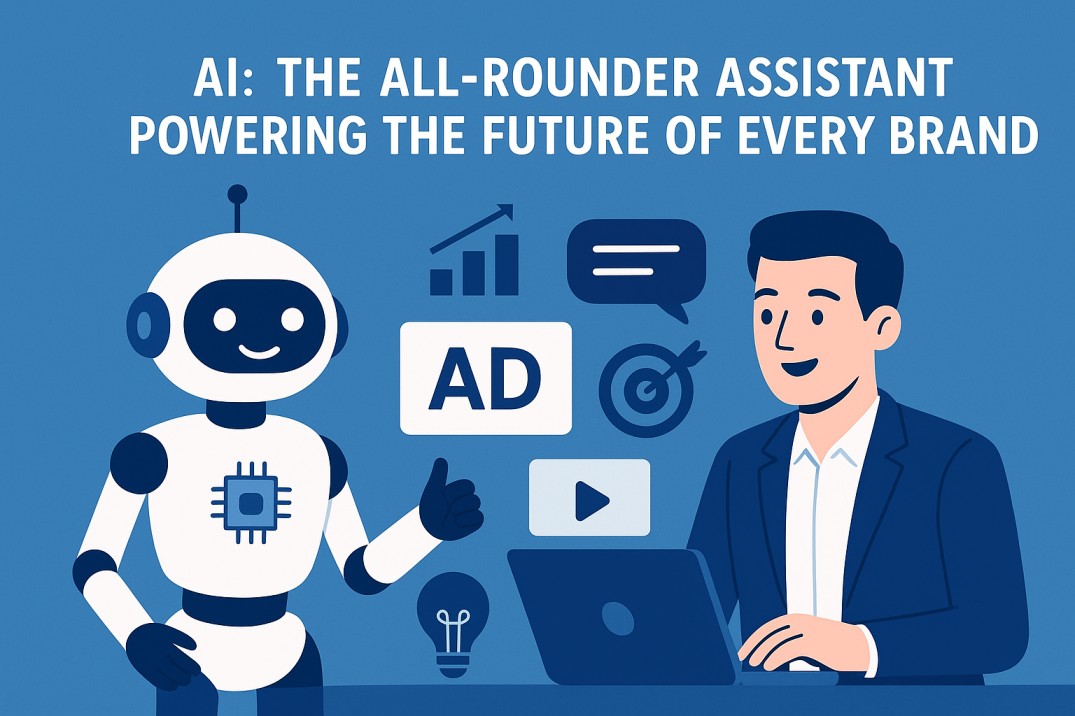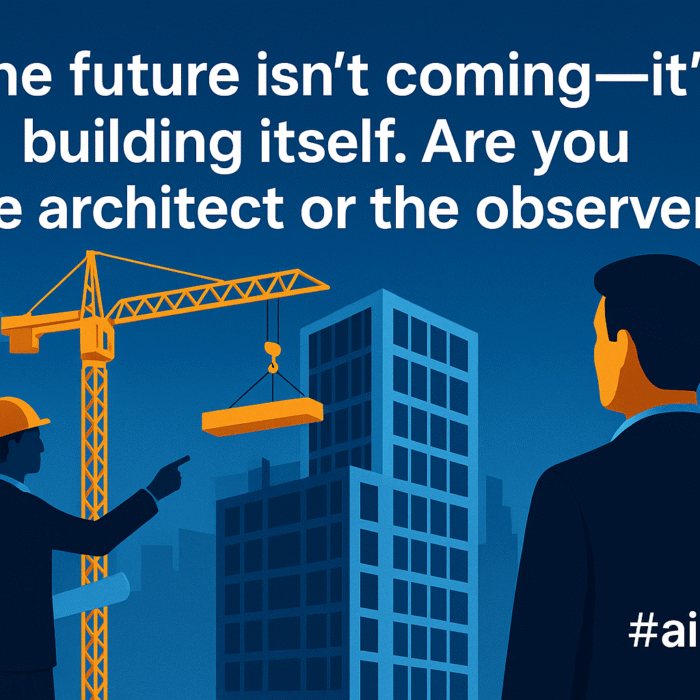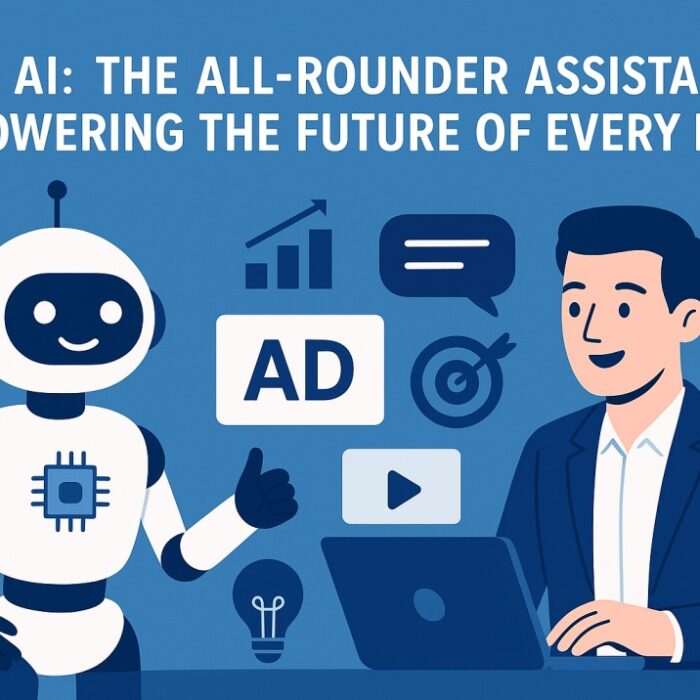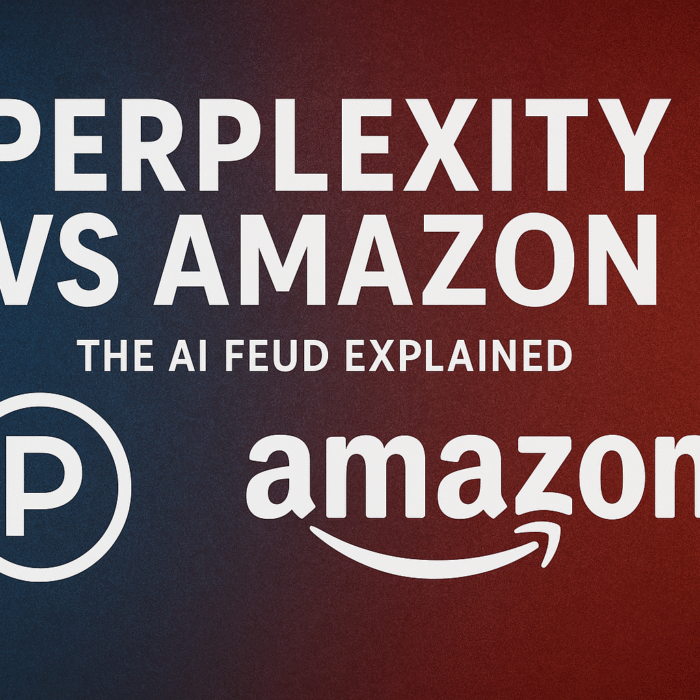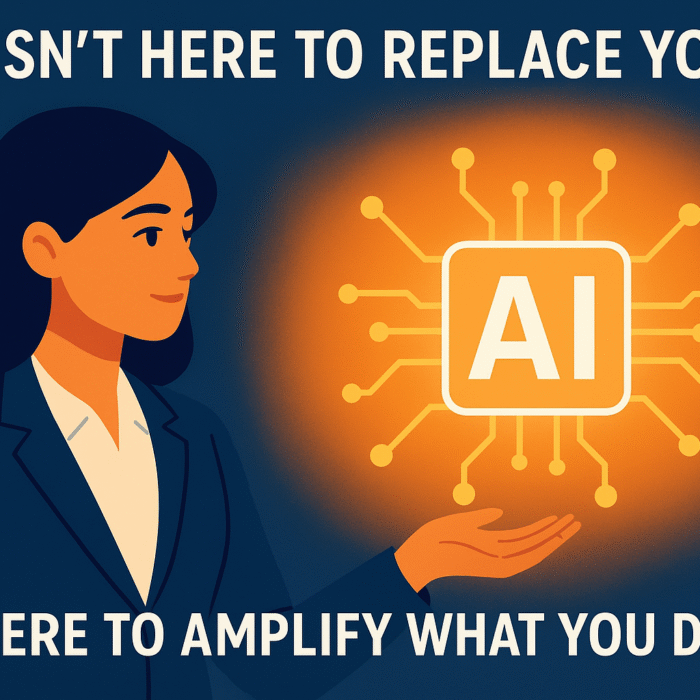As businesses increasingly seek automation to improve efficiency and customer engagement, augmented AI frameworks are emerging as essential tools. These frameworks enhance traditional systems by combining artificial intelligence, automation, and workflow orchestration. At BigAiAgent, we apply these frameworks to build intelligent solutions such as a Conversational AI Appointment Setter. This system handles bookings, reminders, rescheduling, and follow-ups through natural, human-like interactions.
This article explores what augmented AI frameworks are, why they matter, how they are applied in real-world use cases, and how they are shaping the future of conversational automation.
What Are Augmented AI Frameworks?
Augmented AI frameworks are architectural systems that support the enhancement of human decision-making and automate complex workflows. These frameworks are designed to work alongside humans and systems, rather than replace them, enabling intelligent collaboration and improved operational outcomes.
Key Characteristics
- Modular architecture
Each component, such as intent recognition or dialogue management, is independent and can be updated without affecting the whole system. - Contextual memory
The framework retains the conversation history, user data, and context across multiple interactions. - Integration with external systems
APIs and connectors allow seamless interaction with calendars, CRMs, databases, and messaging platforms. - Combination of intelligence and automation
The framework uses AI models to understand intent and automate actions, enabling the system to reason and adapt. - Scalability and reliability
The framework can manage high volumes of conversations concurrently while maintaining system performance.
Augmented AI frameworks sit above individual AI models and coordinate them to create fully functioning applications that operate in real-world environments.
Why Augmented AI Frameworks Are Important
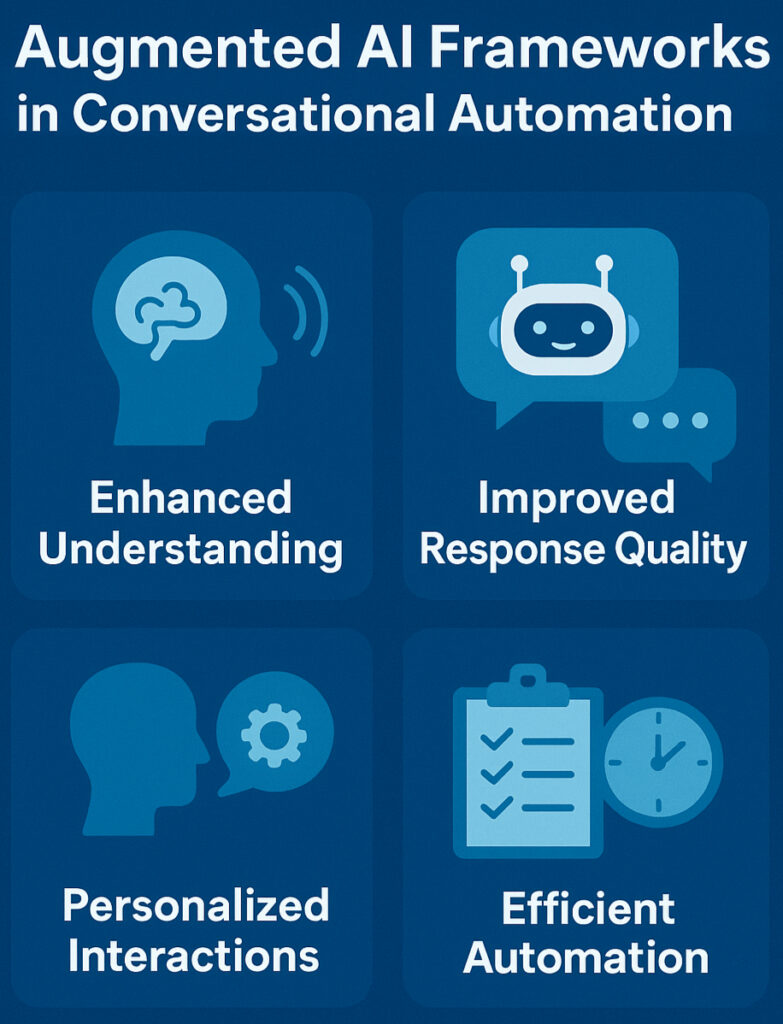
1. Moving Beyond Traditional Chatbots
Traditional chatbots rely on rule-based scripts and are limited in their flexibility. Augmented AI frameworks enable systems that understand natural language, adapt to context, and perform complex tasks.
2. Increasing Efficiency and Reducing Costs
Automating routine tasks such as scheduling or customer service reduces manual effort, minimizes errors, and lowers operational expenses.
3. Supporting 24/7 Availability
These frameworks allow systems to operate continuously without human supervision, ensuring that customer interactions are handled promptly at all times.
4. Integrating into Business Workflows
By connecting directly with business systems, the framework can execute real tasks such as updating records, sending notifications, or triggering workflows.
5. Continuous Learning and Optimization
Through data logging and analytics, augmented AI frameworks can be continuously improved based on real-world usage and feedback.
Case Study: Conversational AI Appointment Setter
At BigAiAgent, we implemented an augmented AI framework to build a Conversational AI Appointment Setter. This solution addresses common challenges in managing appointments and customer interactions.
Identifying the Problem
Traditional appointment scheduling involved:
- Manual booking by staff
- Inconsistent calendar coordination
- Missed appointments due to lack of reminders
- High operational workload
- Limited scalability
Developing the Solution
Our solution includes the following capabilities:
- Accepting appointment requests through natural language
- Checking real-time availability
- Booking appointments and sending confirmations
- Managing reminders, cancellations, and reschedules
- Providing summaries and analytics for staff review
System Architecture Overview
The system is built using a modular, workflow-based architecture:
- Intent recognition module
Identifies user intents such as booking, canceling, or rescheduling. - Dialogue manager
Maintains the context of the conversation and manages multi-turn interactions. - Workflow engine
Orchestrates actions such as checking availability or sending reminders. - Integration layer
Connects to external systems like Google Calendar, Outlook, CRMs, and communication platforms. - Notification module
Sends reminders via SMS, email, or voice calls. - Analytics and reporting tools
Collect and display metrics such as bookings, no-shows, and conversation success rates. - Administration panel
Allows business users to update workflows, prompts, and configurations without coding.
Deployment and Performance
The system has been deployed across multiple businesses and handles over 10,000 appointment-related conversations per month. Key outcomes include:
- Significant reduction in manual scheduling work
- Higher appointment conversion rates
- Lower no-show rates due to automated reminders
- Consistent and professional communication
- Reliable and scalable performance under high demand
Best Practices for Implementing Augmented AI Frameworks
1. Start with a Focused Use Case
Begin with a clearly defined workflow, such as appointment scheduling. Once this is running smoothly, additional capabilities can be added.
2. Maintain Context Throughout Conversations
Preserve user data and conversation history to support natural and seamless interactions across sessions.
3. Plan for Fallbacks
When the AI cannot handle a request, a clear handover to human support or a clarification prompt should be in place.
4. Provide Control to Business Teams
Enable administrators to update prompts, workflows, and logic through user-friendly interfaces.
5. Monitor and Improve Over Time
Collect analytics and feedback to refine performance and improve the quality of responses and workflows.
6. Ensure Security and Compliance
Use encryption, secure APIs, and proper access controls to manage sensitive data and meet regulatory requirements.
7. Balance Automation with Human Oversight
Support hybrid models where AI handles common tasks and humans manage complex or sensitive cases.
Applications Beyond Appointment Scheduling
Augmented AI frameworks can be applied in various business scenarios:
- Customer support
Automated agents can answer FAQs, process requests, and escalate issues. - Sales
AI agents can engage leads, schedule meetings, send proposals, and follow up. - Human resources
Bots can manage interview scheduling, candidate screening, and onboarding. - Technical support
AI can assist users in resolving common issues and provide guidance. - Training and onboarding
Virtual assistants can guide users through learning materials and respond to questions.
In each of these areas, augmented AI enables systems to manage tasks more efficiently and improve the overall user experience.
Challenges and Solutions
| Challenge | Solution |
| User intent ambiguity | Request clarification or escalate to human support |
| Double-booking or conflicts | Use real-time calendar syncing and validation |
| Long conversations losing context | Maintain structured session memory |
| Multiple external integrations | Use modular API connectors and test regularly |
| Data privacy and compliance | Implement encryption, access controls, and logging |
| Inaccurate or irrelevant responses | Use validation steps and structured prompt templates |
BigAiAgent’s Approach to Augmented AI Frameworks
BigAiAgent builds frameworks that offer:
- Agentic architecture
Our systems go beyond simple interactions. They make decisions and execute actions intelligently. - No-code customization
Business users can adjust workflows without developer involvement. - Broad integrations
Compatibility with platforms like Google Meet, Outlook, Salesforce, Zoho, and EHR systems. - Scalability and observability
Our frameworks handle high traffic with full transparency and performance monitoring. - Insight generation
We provide dashboards and summaries that help businesses understand their user interactions and optimize performance.
Getting Started
To implement an augmented AI framework in your business:
- Assess current workflows
Identify repetitive or high-volume processes that could be automated. - Set clear goals
Define measurable objectives, such as improving response time or reducing no-shows. - Start small
Begin with a single, high-impact use case. - Ensure system integration
Connect your calendars, CRMs, and messaging systems. - Develop fallback strategies
Plan how the system will handle uncertain or complex requests. - Monitor performance
Use analytics to continuously improve the system. - Expand gradually
Once the system is stable, apply the framework to other workflows.
Conclusion
Augmented AI frameworks offer a strategic approach to automation by combining intelligence, workflow management, and system integration. They are more than simple chatbots; they act as intelligent agents capable of understanding, reasoning, and executing tasks.
Here, we have used these frameworks to create a Conversational AI Appointment Setter that improves scheduling efficiency, reduces human workload, and delivers better customer experiences. The same approach can be extended to many other business functions.
For organizations looking to modernize operations, increase productivity, and deliver consistent service, augmented AI frameworks provide a reliable and scalable solution.







